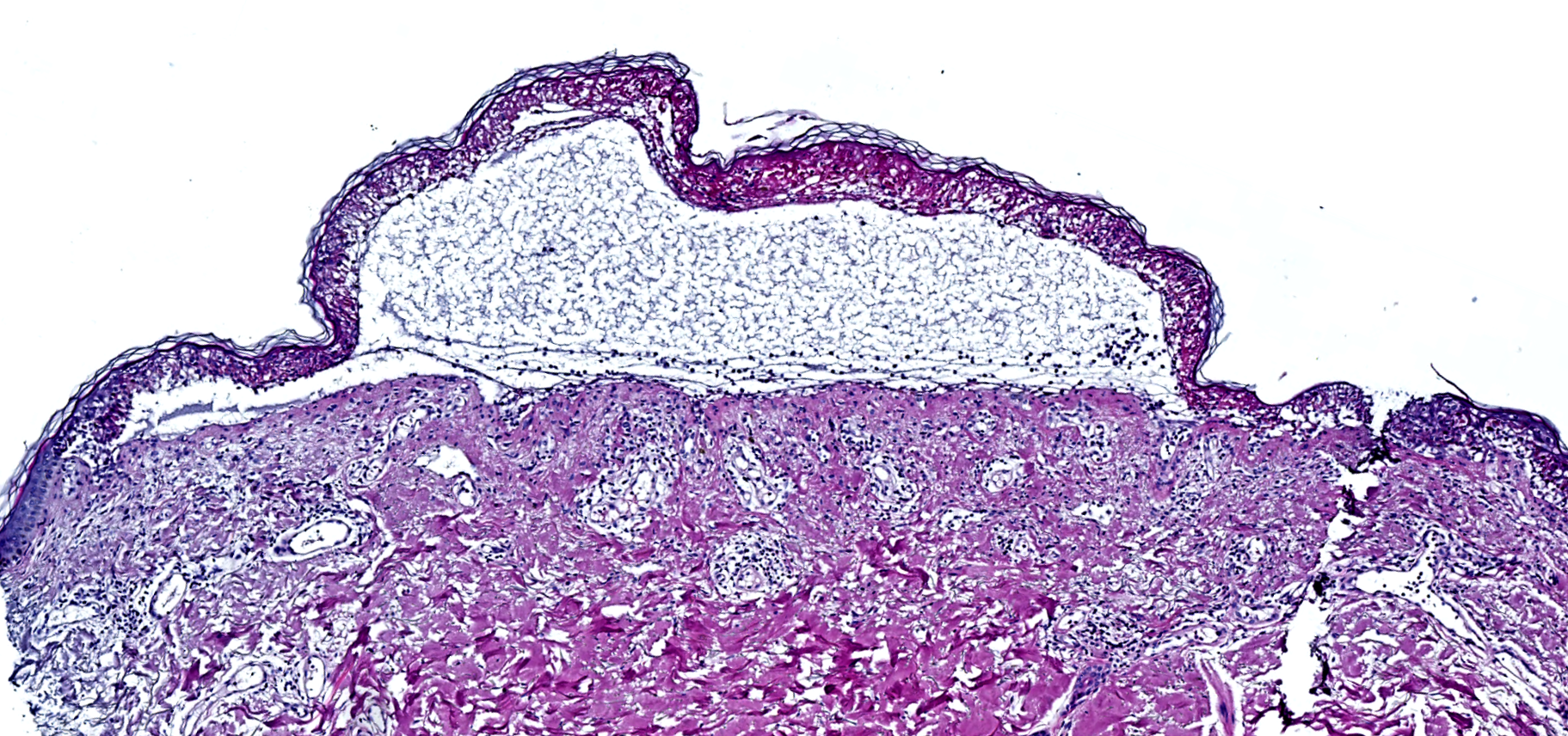The first human skin atlas shows how to restore scar-free skin
-U77667574406UBF-1024x512@diario_abc.png)
The first cellular atlas of prenatal human skin development, just presented by an international team led by the Wellcome Sanger Institute and the University of Newcastle (UK), represents an unprecedented milestone in developmental biology. The atlas, published in the journal Nature, offers new insight into how skin and hair follicles (where hair originates) form before birth.
But it may also have important uses in the treatment of burns, scars and congenital skin diseases.
The skin is the largest organ of the human body and develops in a sterile environment inside the uterus. Before birth, it not only performs its function as a protective barrier and regulates body temperature, but also has the ability to regenerate without leaving scars – a property that is lost after birth.
All hair follicles are formed during this prenatal period, since new follicles are not formed after birth, although existing ones undergo a renewal cycle. Until now, it has been difficult to study this process in depth due to the limitations of animal models, which have key differences from human development.
To overcome these barriers, the research team, led by Muzlifa Hanifa, acting director Cell Genetics at the Wellcome Sanger Instituteused a technique called single-cell sequencing and advanced spatial transcriptomics techniques, which analyze cells in their spatial and temporal context within the tissue.
This allowed us to describe the specific stages of human hair follicle formation and observe differences compared to mouse follicles. Additionally, using prenatal skin samples, they were able to create the first cellular and spatial atlas documenting this process.molecular recipe‘ about how human skin works.
In this work, the researchers fabricated a “mini-organ” in the laboratory. organoid skin. Using adult stem cells, they were able to induce this organelle to develop the ability to grow hair, making it an unprecedented model for studying prenatal skin and its regenerative characteristics. By comparing the organoids to prenatal skin, they found that these models more closely resembled prenatal skin than adult skin, highlighting their usefulness for future research.
However, the team found that blood vessels in the organoids formed differently than in prenatal skin. By adding macrophages, a type of immune cell, they noticed that they promoted the formation of blood vessels, which led them to perform 3D imaging to evaluate how the vessels develop in the organoids.
This discovery has other implications, as it shows that macrophages not only protect the skin from infection, but also play a key role in its early formation by supporting the growth of blood vessels. This is a discovery may be useful for improving vascularization in other types of organoids and tissues generated in the laboratory.which could impact various areas of regenerative medicine.
In addition, researchers have demonstrated that macrophages are essential for the ability of prenatal skin to heal wounds without scarring. This opens the way to possible clinical applications to prevent scarring after surgery or injury.

Damage to the epidermis due to toxic epidermal necrolysis
Likewise, the prenatal cell atlas represents an invaluable resource for the study of various congenital skin diseases.Like butterfly skin or epidermolysis bullosa.. Researchers have found that genes associated with these diseases are active in prenatal skin, suggesting that these conditions arise before birth. Thanks to the atlas’s precision, scientists can now map which specific cells express genes associated with these diseases, leading to a better understanding of their development and perhaps new treatment options.
The ability to create cutaneous organoids that resemble prenatal skin also provides a more accurate model for studying these diseases in vitro, allowing the development of more effective personalized treatments. These organoid models could be used in the creation of new hair follicles in people with scarring alopecia or in skin grafting to burn victims, where complete regeneration of the skin, including the follicles, is critical for aesthetic and functional recovery.
“The cellular atlas of prenatal human skin allowed us to provide the first ‘molecular recipe’ for human skin, showing how hair follicles form before birth,” explains Elena Vinheim, co-author of the study. “These discoveries have incredible clinical potential because they could be used in regenerative medicine, such as skin and hair transplants needed for burn victims or people with scarring alopecia.”
For her part, Khudaa Gopi from Newcastle University adds: “We are very excited to create a skin organoid model. Through this process, we discovered a new important role for immune cells in promoting blood vessel growth in developing skin, which may improve other organoid models. These macrophages also appear to play a key role in prenatal skin repair, which may have clinical applications to avoid scars after operations.
Human Cell Atlas Project
This research is part of the ambitious Human Cell Atlas project, which aims to map every cell in the human body to transform our understanding of health and disease. The researchers are confident that this prenatal skin atlas and organoid model will have a lasting impact on research and clinical medicine by providing accessible and accurate tools for studying skin diseases and exploring new opportunities in regenerative medicine.
“Our prenatal human skin atlas and organoid model provide freely accessible tools to study congenital skin diseases and explore regenerative medicine opportunities,” emphasizes Haniffa.
Thanks to this research, scientists are taking big steps towards creating a tool that allows us to better understand how the human body works and what goes wrong with various diseases. In addition, cell atlas and skin organoids offer a promising platform for developing more effective treatments for congenital diseases and improving tissue regeneration techniques for patients with severe skin damage.
